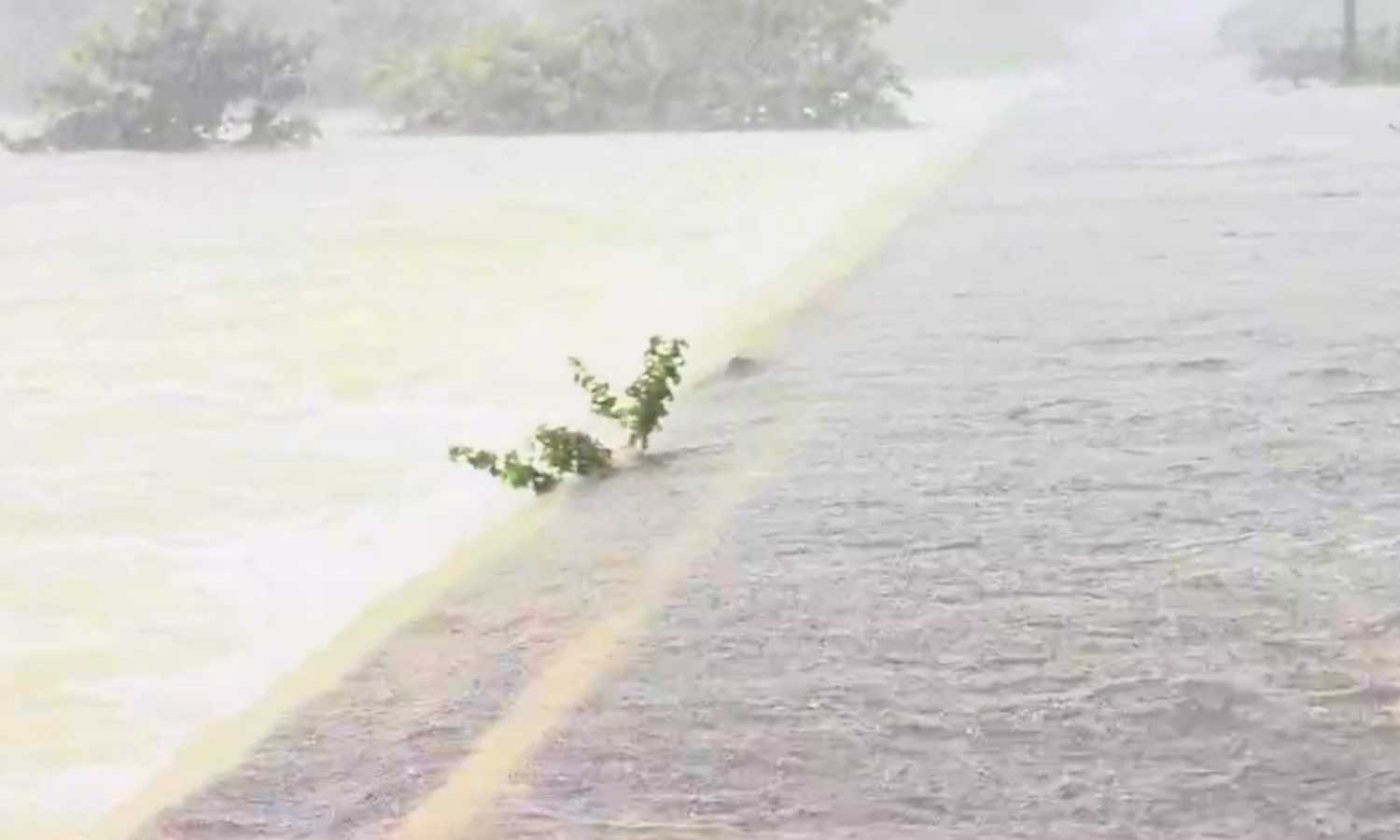Hyderabad: Telangana heavy rains under the impact of a low-pressure system paralysed normal life across several districts on Wednesday. Administrations closed schools, monitored reservoirs, and issued repeated advisories as water levels rose sharply. Officials said the decision to shut institutions and intensify safety measures was precautionary but essential.
District authorities in Adilabad, Nirmal, Kamareddy, and Medak ordered the closure of all government and private schools and colleges on Thursday. They announced the measure early in the morning to ensure students stayed safe and to reduce risks from flooded roads and unstable weather. Collectors emphasised that as rainfall intensified, children would face danger if they attempted to travel.
Meanwhile, thunderstorms accompanied by lightning struck Adilabad, Nirmal, and Kumuram Bheem Asifabad, further complicating conditions. At the Kadem project, heavy inflows forced the Irrigation Department to lift four gates, releasing nearly 20,000 cusecs of water downstream. Consequently, authorities placed residents of low-lying villages on high alert. Public announcements urged people to remain cautious and avoid venturing into streams or approaching bunds.
Telangana heavy rains cut highway and swell reservoirs
In Nizamabad district, the Pocharam reservoir reached critical levels. Continuous rain from Tuesday night quickly filled the reservoir. By Wednesday evening, nearly 1.3 lakh cusecs overflowed downstream. As a result, floodwaters submerged stretches of the Medak–Yellareddy highway, cutting off traffic. Vehicular movement came to a halt, forcing diversions and delays.
Additionally, revenue, irrigation, and police teams stayed on high alert. Control rooms maintained round-the-clock watch on inflows into tanks and rivers. Authorities appealed to citizens to cooperate by staying indoors unless travel was unavoidable. They also stressed that crowding at flooded spots or attempting risky crossings could prove fatal.
Looking ahead, officials warned that the next 48 hours would be crucial. Since the Indian Meteorological Department forecast more rainfall, authorities kept reservoirs under close observation and decided to keep educational institutions closed. Administrations reiterated that their top priorities were public safety, timely evacuation, and uninterrupted supply of essentials.

